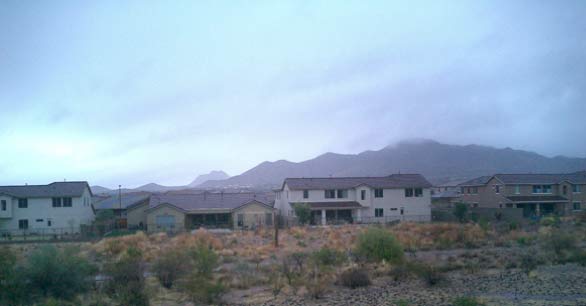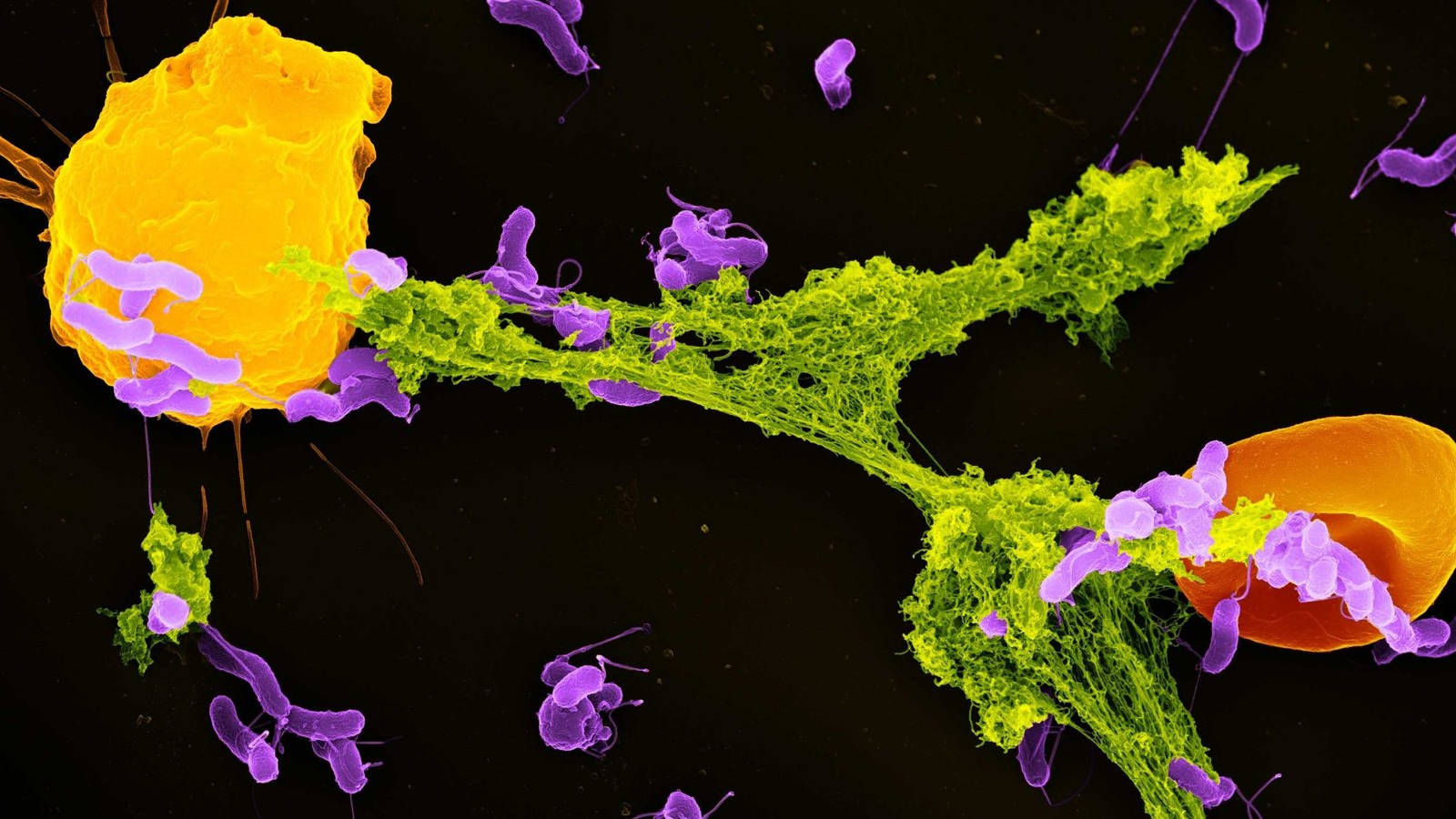Rain in Phoenix Ends Record Dry Spell at 143 Days

PHOENIX—A good old-fashion downpour in the predawn here today ended a record string of 143 days without rain.
The previous record was 101 days, set in January 2000.
NOAA reported light rain around dawn and a 0.26-inch accumulation at Phoenix Sky Harbor airport, the official recording station.
Elsewhere around the sprawling, water-starved but surprisingly green city, where residents have been rooting for precipitation from storms that didn't deliver in recent weeks, heavy downpours occurred.
Here in a far northern suburb of the city a mix of light and heavy rain has fallen for more than two hours. Up to three-quarters of an inch was forecast for the day with possible heavy thunderstorms.
While Phoenix is in the middle of a desert, the average annual rainfall is 7.56 inches. About half of it falls in winter and the rest comes with the summer-fall monsoon.
The last measurable rain fell on Oct. 18, nearly five months ago.
Get the world’s most fascinating discoveries delivered straight to your inbox.
April and May are typically dry, so rainfall now is important to reduce fire risk. Last year dry conditions fueled the Cave Creek Complex Fire, which burned 248,000 acres of brush, mesquite trees and saguaro cacti.
More rain is in the forecast for next week. But dry conditions could return over the long run, climate experts say. The Pacific Ocean cool-water condition known as La Nina has taken hold, according to NOAA, and that tends to thwart rain in the Southwest.
In 1899, Yuma, Arizona recorded 179 straight days without rain.
Arizona is far from being the driest place on Earth. That title goes to Arica, in Chile, which gets just 0.03 inches of rain per year. At that rate, it would take a century to fill a coffee cup. The wettest place? Lloro, Colombia averages 523.6 inches of rainfall a year, or more than 40 feet.
Robert is an independent health and science journalist and writer based in Phoenix, Arizona. He is a former editor-in-chief of Live Science with over 20 years of experience as a reporter and editor. He has worked on websites such as Space.com and Tom's Guide, and is a contributor on Medium, covering how we age and how to optimize the mind and body through time. He has a journalism degree from Humboldt State University in California.

